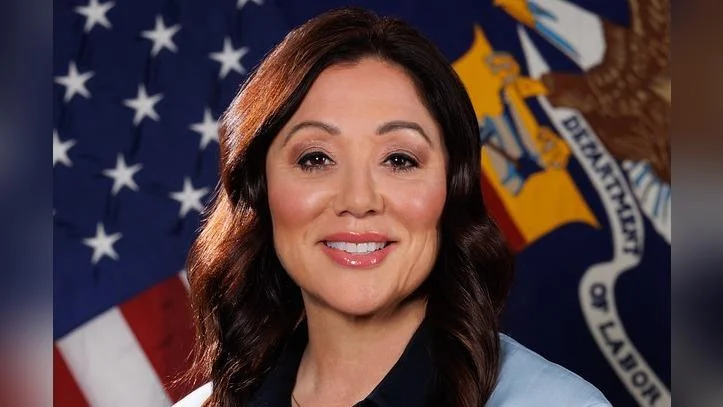The Trump Administration has released its Unified Agenda of Regulatory and Deregulatory Actions, outlining nearly 150 proposals under the jurisdiction of the U.S. Department of Labor. The agenda is intended to give the public insight into upcoming regulations and encourage engagement in the regulatory process.
The agenda aims to support workers and promote business growth. “Eliminating red tape and crafting smart regulations that spur job creation will bring us even closer to reaching the Golden Age of the American Worker. The Department of Labor is committed to helping President Trump and the entire Administration implement this bold regulatory agenda, which focuses on flexibility, transparency, and common-sense reform to ensure every hardworking family has a fair shot at achieving the American Dream,” said U.S. Secretary of Labor Lori Chavez-DeRemer.
Deputy Secretary of Labor Keith Sonderling added, “This regulatory agenda reflects our steadfast commitment to restoring economic opportunity by fostering innovation and reducing unnecessary burdens on employers. By modernizing outdated rules and prioritizing clarity and efficiency, we’re building a more agile, worker-centered labor policy framework that fuels economic growth and prosperity. Under President Trump’s leadership, the Department of Labor is delivering the regulatory certainty that American workers and businesses need to thrive.”
Key proposals include improving transparency in pharmacy benefit manager (PBM) fee disclosure as directed by an April 15 Executive Order focused on lowering drug prices. The department also plans to examine market transparency for pricing and cost-sharing information for consumers.
Other priorities are related to retirement plan investment decisions, heat injury prevention standards for workplaces, joint employer status under federal law, classification criteria for employees versus independent contractors under wage laws, determining exemptions from minimum wage and overtime requirements for certain salaried employees, updating wage rate methodologies for H-2A temporary agricultural workers, and rescinding some requirements related to agricultural labor adopted during the previous administration.
The full semiannual agenda can be accessed online.





